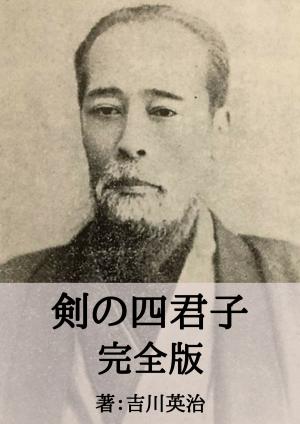| Author: | Paul Tierney | ISBN: | 9781301440405 |
| Publisher: | Paul Tierney | Publication: | May 23, 2013 |
| Imprint: | Smashwords Edition | Language: | English |
| Author: | Paul Tierney |
| ISBN: | 9781301440405 |
| Publisher: | Paul Tierney |
| Publication: | May 23, 2013 |
| Imprint: | Smashwords Edition |
| Language: | English |
Fires were so common in Edo that they gave birth to a saying in Japanese: "fires and fights are the flowers of Edo."
The men who formed the backbone of Edo's fire brigades - the "Tobi", semi-skilled construction laborers - were both feared and admired. Admired for the unflinching bravery needed to wade into fires that could consume whole neighborhoods in a moment, the Tobi were also feared by the same residents they protected for their predatory behavior. They were the pre-cursors to the Yakuza, Japan's mafia. Like the mafia, they jealously protected their turf - primarily against other fire brigades who wanted to muscle in, "steal their accomplishments" and get the financial rewards doled out for successfully quenching a blaze.
An in-depth look at the development of Edo's fire brigades - the first of its kind in English - this book examines how each of the three fire fighting organizations was born and their influence on the city and the people who lived in it.
Using primarily source material in the original Japanese, "The Pride of Edo" digs deeper into the history of Tokyo's constant battle with fire and the steps that the Shogunate took to combat the flames. The two samurai fire brigades were formed earliest, but given their institutional focus on preserving the castle and the samurai districts, they tended to ignore fires in the commoner districts of the city.
As the Edo grew larger, the Shogunate realized that if it was to protect the "vital" parts of the city, it needed to protect the commoner districts as well. In order to do so, it ordered the town elders to form their own fire brigades. These brigades were the "machi hikeshi" (town fire fighters).
Originally looked down upon and ordered to step aside when the samurai fire brigades arrived at a fire, the machi hikeshi ultimately came to be relied upon by not only the commoners, but the Shogunate itself for the fire defense of the entire city. They eclipsed the socially superior samurai fire brigades and became a major force in the development of Edo's culture and fashion. The Tobi also occupied a unique position in the everyday society of Edo, both holding the communities together and at the same time using their influence to prey upon those same merchants and craftsmen that they protected.
After the Meiji Restoration, the commoners of the machi hikeshi were transformed into the Tokyo Fire Department and protect the city to this day.
The Tobi still play an active, but rapidly diminishing, role in Tokyo's neighborhood and festivals. Technology is forcing them out of the workplace, but they are still the Pride of Edo.
Fires were so common in Edo that they gave birth to a saying in Japanese: "fires and fights are the flowers of Edo."
The men who formed the backbone of Edo's fire brigades - the "Tobi", semi-skilled construction laborers - were both feared and admired. Admired for the unflinching bravery needed to wade into fires that could consume whole neighborhoods in a moment, the Tobi were also feared by the same residents they protected for their predatory behavior. They were the pre-cursors to the Yakuza, Japan's mafia. Like the mafia, they jealously protected their turf - primarily against other fire brigades who wanted to muscle in, "steal their accomplishments" and get the financial rewards doled out for successfully quenching a blaze.
An in-depth look at the development of Edo's fire brigades - the first of its kind in English - this book examines how each of the three fire fighting organizations was born and their influence on the city and the people who lived in it.
Using primarily source material in the original Japanese, "The Pride of Edo" digs deeper into the history of Tokyo's constant battle with fire and the steps that the Shogunate took to combat the flames. The two samurai fire brigades were formed earliest, but given their institutional focus on preserving the castle and the samurai districts, they tended to ignore fires in the commoner districts of the city.
As the Edo grew larger, the Shogunate realized that if it was to protect the "vital" parts of the city, it needed to protect the commoner districts as well. In order to do so, it ordered the town elders to form their own fire brigades. These brigades were the "machi hikeshi" (town fire fighters).
Originally looked down upon and ordered to step aside when the samurai fire brigades arrived at a fire, the machi hikeshi ultimately came to be relied upon by not only the commoners, but the Shogunate itself for the fire defense of the entire city. They eclipsed the socially superior samurai fire brigades and became a major force in the development of Edo's culture and fashion. The Tobi also occupied a unique position in the everyday society of Edo, both holding the communities together and at the same time using their influence to prey upon those same merchants and craftsmen that they protected.
After the Meiji Restoration, the commoners of the machi hikeshi were transformed into the Tokyo Fire Department and protect the city to this day.
The Tobi still play an active, but rapidly diminishing, role in Tokyo's neighborhood and festivals. Technology is forcing them out of the workplace, but they are still the Pride of Edo.















